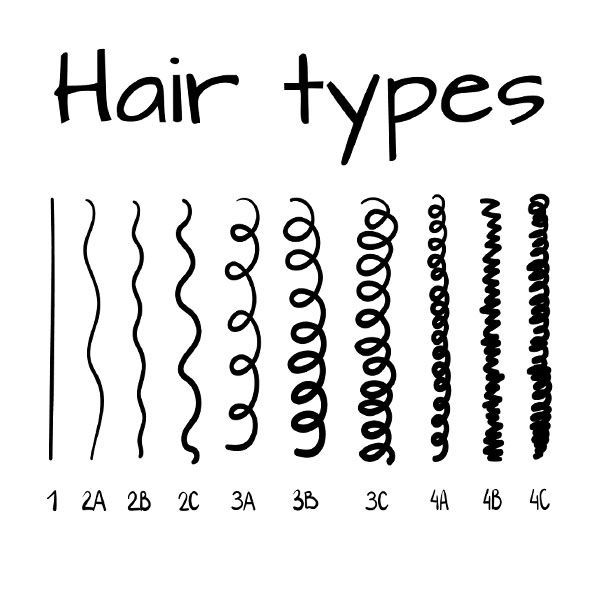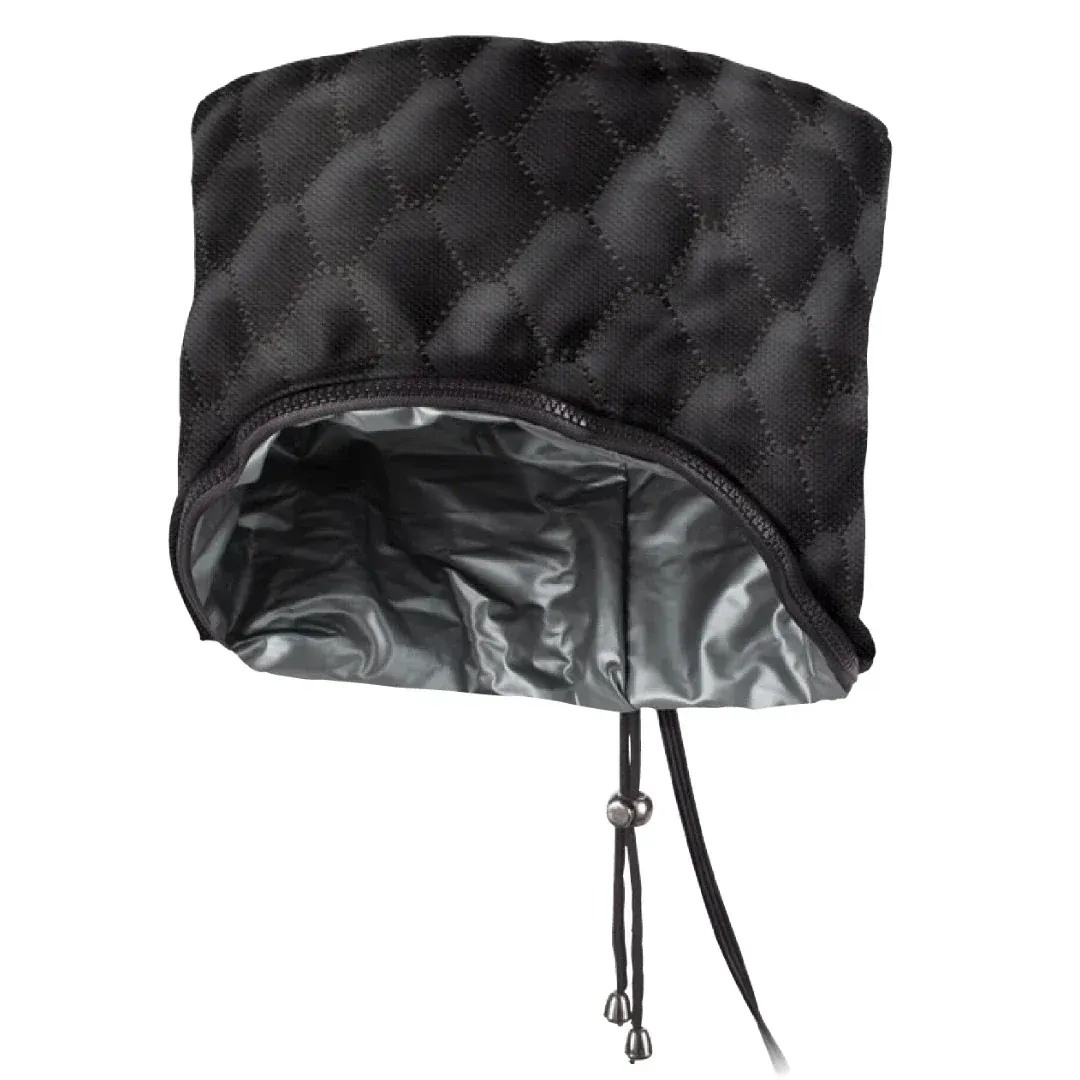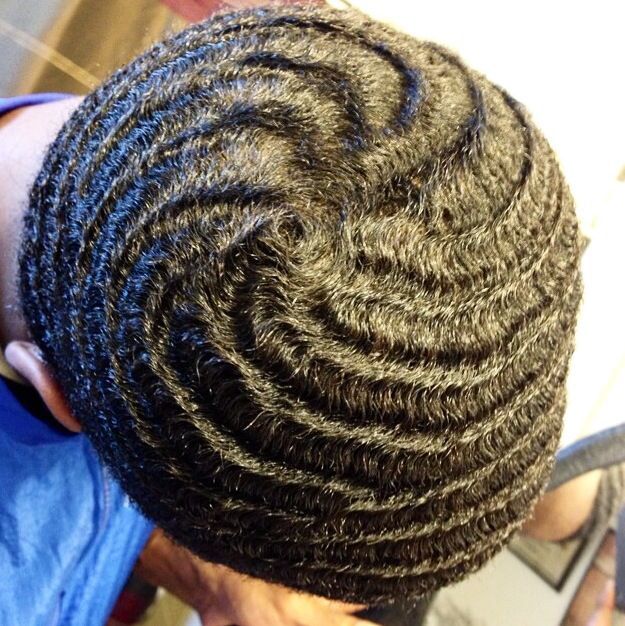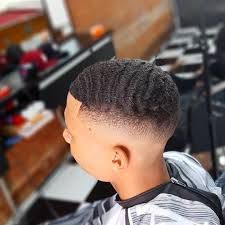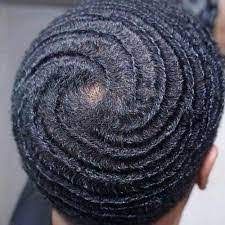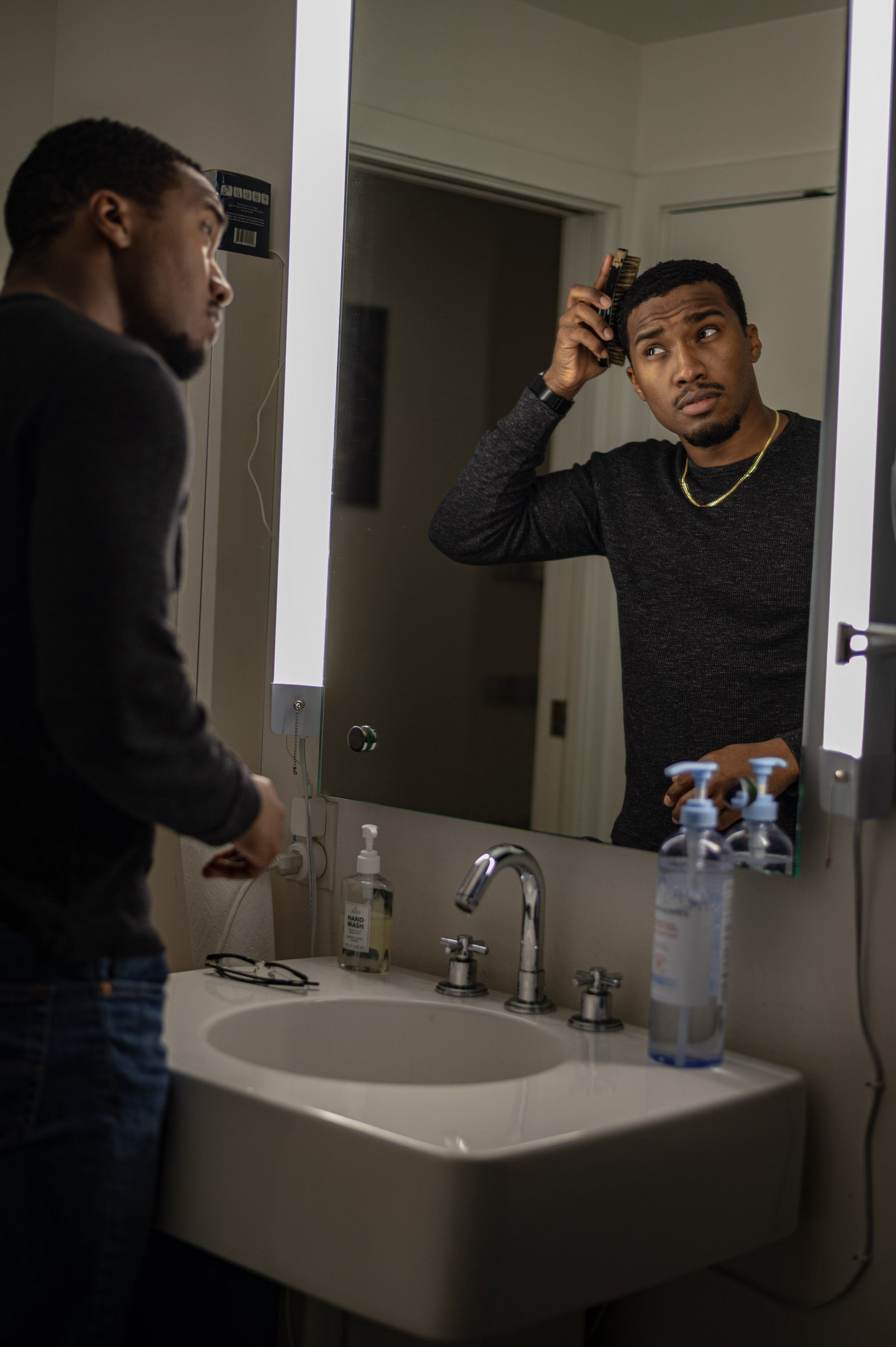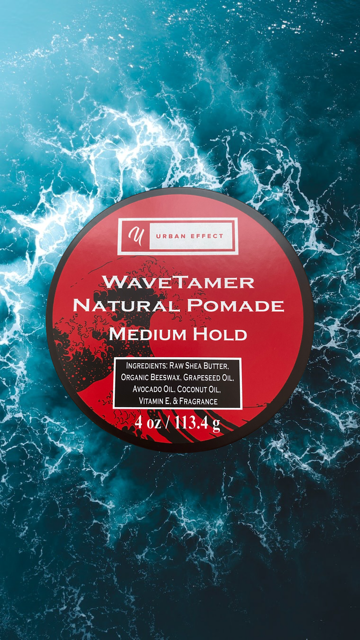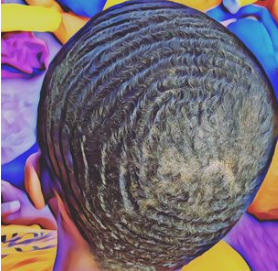Best Haircut Length For Maintaining and Improving Your Waves
By: Phil Dixon
Its Nothing Better Than A Fresh Cut
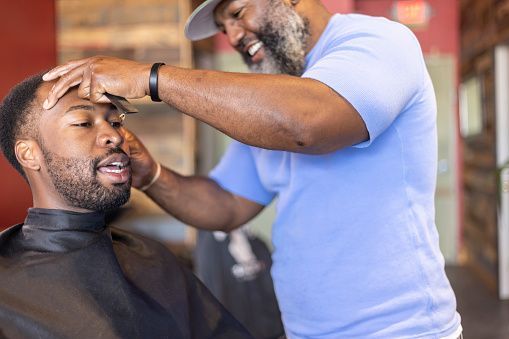
One of the most important aspects of getting waves is brushing your hair. In order to reach the final look that you desire there is much to pay attention to. The first is to know where your crown is. It is typically resembling of the eye of a hurricane going in either a clockwise or counterclockwise direction. Haircuts play a pivotal role in your waves definition based on the length of your hair after the cut. The utmost minimum is a 1.5 with the grain (WTG) haircut for coarse hair but is only recommended for experience wavers as the waves will be set and cannot be cut out at this length. For other hair types that are more straight a larger guard will have to be used in order for your hair to begin to curl. Recommended haircut for straight hair wavers are 3-4 WTG. For beginners to moderate the minimum haircut will be a 2 WTG. Aside from the general length of your hair there is additional consideration to be taken with your crown. The crown area should always be longer than the rest of your hair. Adding length to your crown will assist you in minimizing the size of your visible crown when forming you 360’s, 540’s, and 720’s.
When it comes to brushing your hair in the morning or during any brushing session you want to ensure that you are brushing your hair in the correct direction. Individuals who brush without being in front of a mirror practice blind brushing. In some cases this might be okay depending on the knowledge of your hair but it is advisable to not do this at all if possible. Brush types range from flat to curved which has primarily taken over the market. The natural shape of the head is round so you would benefit more from a curved wave brush rather than a flat. This is not to say that you cannot get waves from using a flat brush as you can use them for vertical brushing methods.
If you want your waves to be darker, find a length that will give you the desired look. This could be from a full guard up to a half guard. The smallest of changes makes a difference with how your waves are perceived by others. When wolfing it is okay to taper your sides and back of your hair. Otherwise, you will look a little sloppy once you come out of your durag.
Stay Wavy
Wavers Digest
